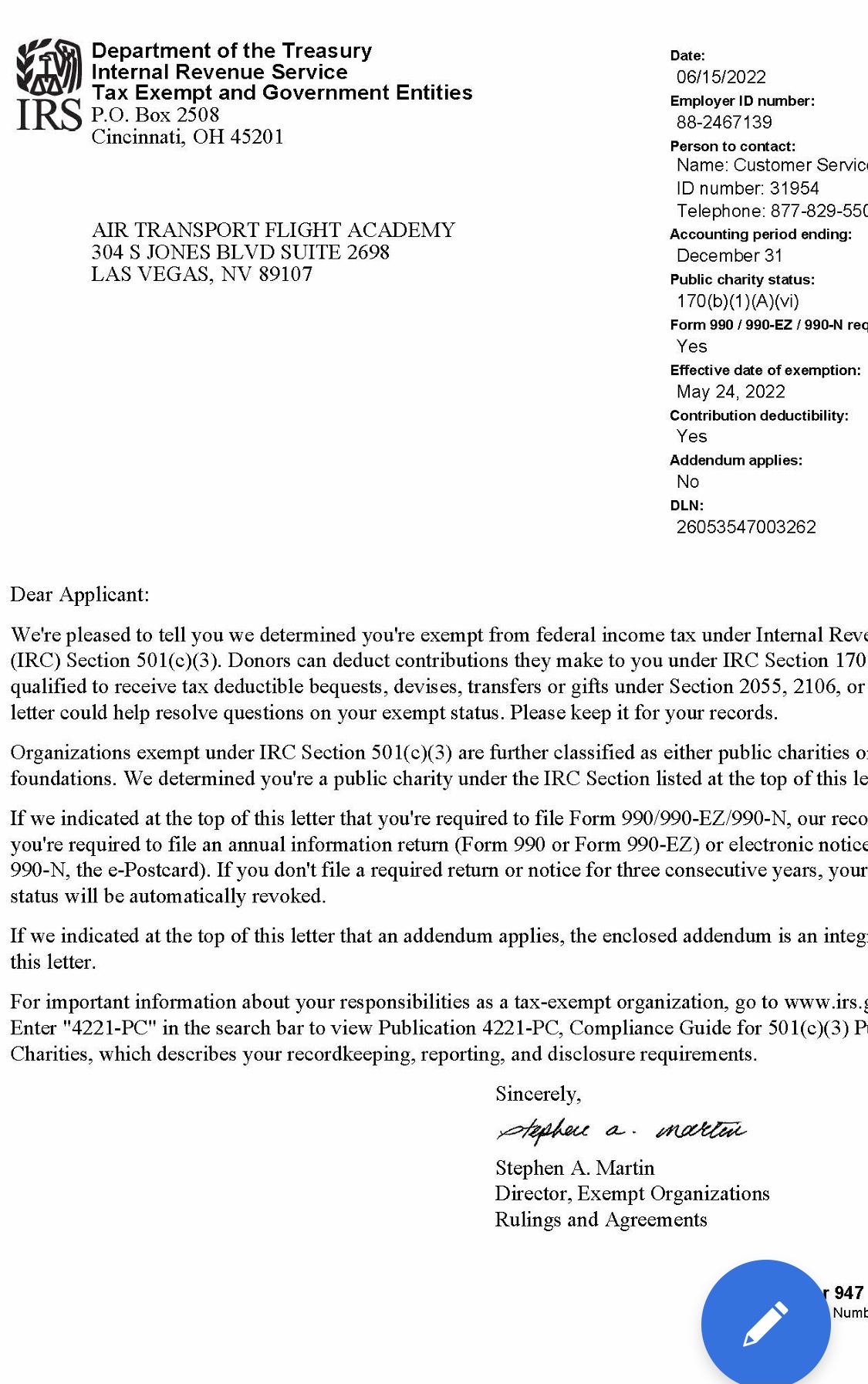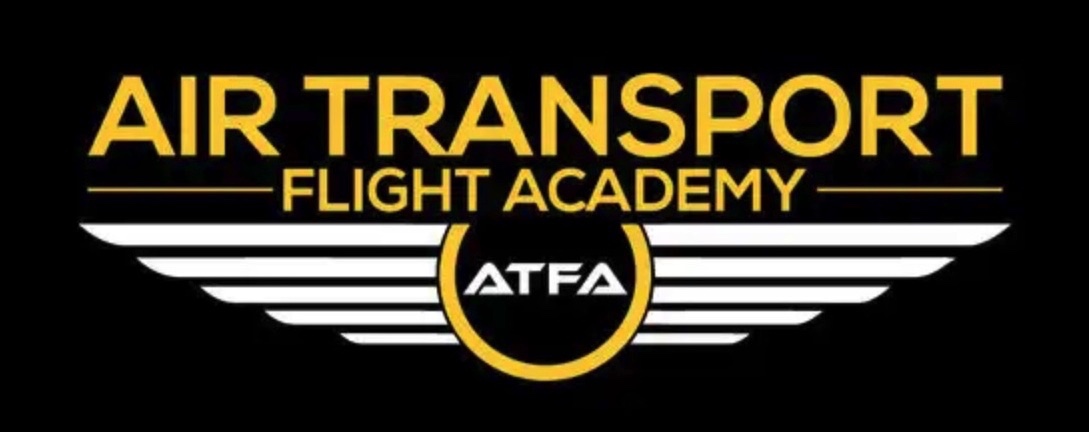The Story Behind our Mission
Summary
Air Transport Flight Academy (ATFA) is an IRS approved nonprofit 501c3 organization dedicated to helping future airline pilots that cannot afford the extensive training costs associated with obtaining their pilot licenses and certifications. Our mission is to increase diversity and accessibility in the aviation industry by providing scholarships, financial aid, and working with certified flight schools who provide a comprehensive training programs. ATFA aims to help develop skilled, competent pilots who reflect a diverse demographic and contribute positively to the aviation sector.
Mission Statement
To empower aspiring pilots from diverse backgrounds by accessing affordable, high-quality flight training and educational resources, fostering inclusivity and advancement in the aviation industry.
Objectives
1. Help provide affordable flight training programs to underprivileged individuals seeking a career in aviation.
2. Offer scholarships and financial aid to students through their affiliated flight schools.
3. Partner with aviation industry stakeholders to create job opportunities for graduates.
4. Develop outreach programs to raise awareness about career opportunities in aviation among underrepresented communities.
AIR TRANSPORT FLIGHT ACADEMY
304 S JONES BLVD 2698 LAS VEGAS, NV 8910
(954) 821-7777
© 2025 Air Transport Flight Academy – All Rights Reserved

